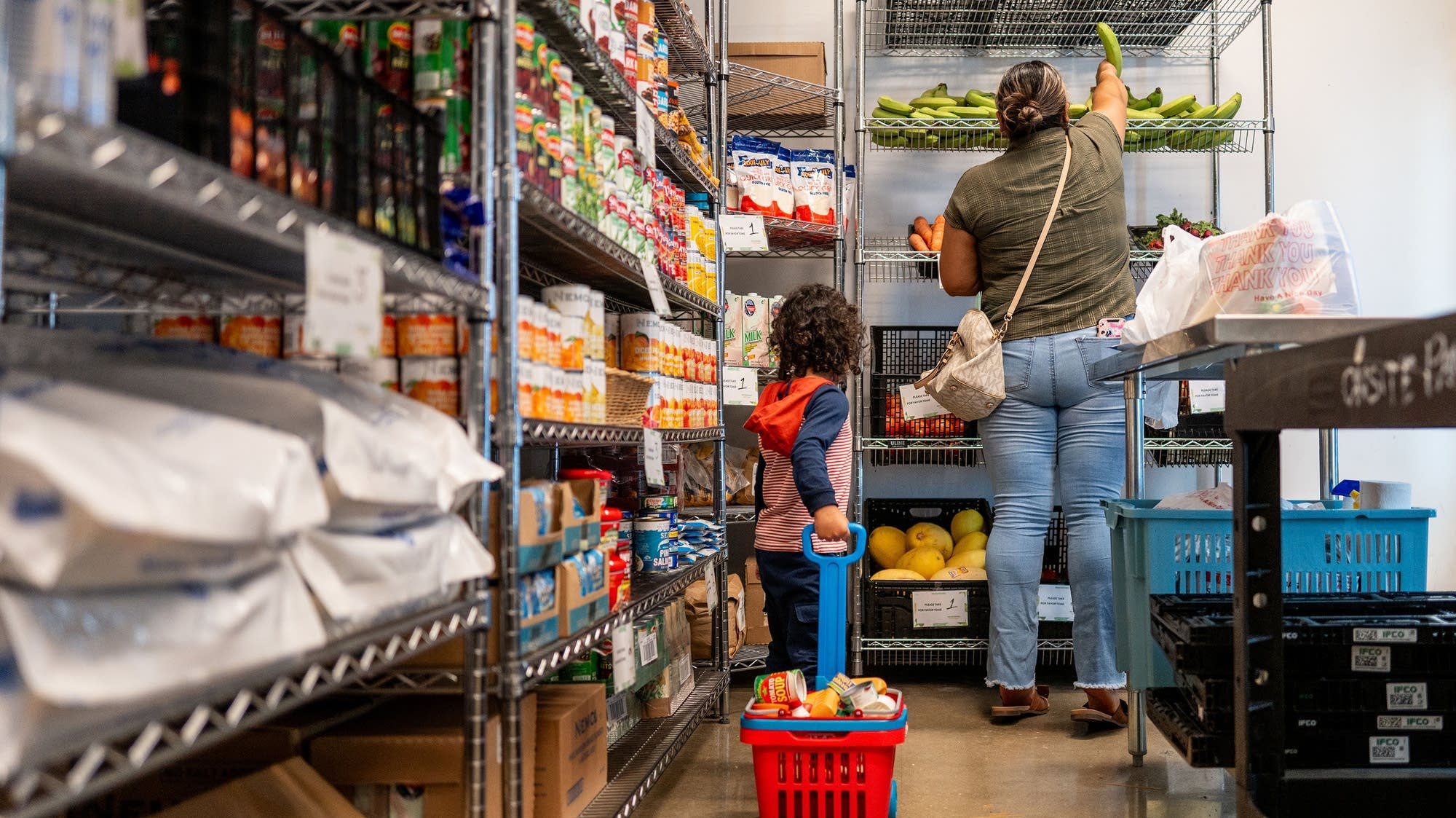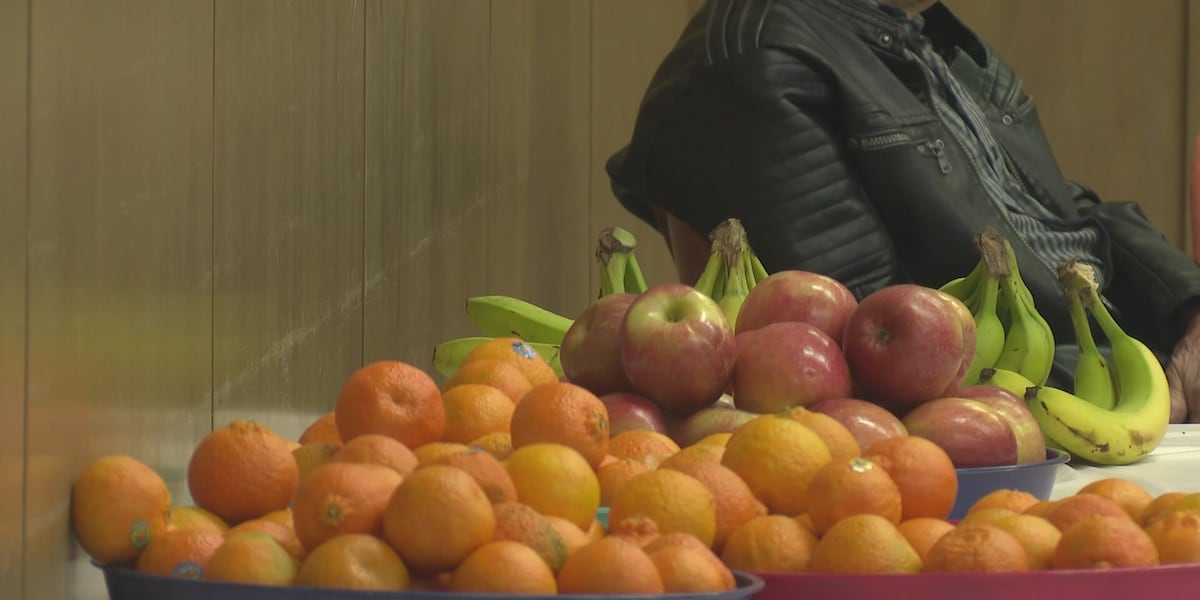Summary
The massive GOP spending bill signed into law last week includes $186 billion in cuts over the next decade to the Supplemental Nutrition Assistance Program.
Source: Marketplace

AI News Q&A (Free Content)
Q1: What are the primary impacts of the recent $186 billion cuts to the Supplemental Nutrition Assistance Program (SNAP) over the next decade?
A1: The recent cuts to SNAP, amounting to $186 billion over the next decade, are expected to significantly affect low-income households that rely on this assistance for food security. With SNAP being a key component of the social safety net, these reductions could lead to increased food insecurity, particularly among vulnerable populations such as children, the elderly, and people with disabilities. The program, which has historically supported millions of Americans, may see decreased participation, potentially exacerbating nutritional disparities and health issues among those affected.
Q2: How do the recent SNAP cuts potentially affect food banks and their services?
A2: The SNAP cuts are likely to increase the demand on food banks as more individuals and families seek alternative sources of food assistance. Food banks, which are already stretched thin, may struggle to meet the rising demand without additional resources or support. This situation could lead to shortages and increased pressure on food banks to secure more donations and funding to continue providing necessary services to those in need.
Q3: What are some resilience strategies that food banks can adopt amid SNAP cuts?
A3: To cope with the increased demand resulting from SNAP cuts, food banks can adopt several resilience strategies. These include forming partnerships with local farmers and businesses to secure more food donations, improving logistics and distribution systems to maximize efficiency, and engaging in community outreach to raise awareness and garner support. Additionally, food banks can advocate for policy changes or additional funding at the local and federal levels to help sustain their operations and services.
Q4: What is the role of SNAP in mitigating nutritional disparities among low-income women, particularly during economic downturns like COVID-19?
A4: SNAP plays a critical role in addressing nutritional disparities among low-income women, especially during economic downturns like the COVID-19 pandemic. As highlighted in recent studies, economic challenges have exacerbated nutritional health disparities, with women in low-income groups experiencing decreased access to nutritious foods. SNAP helps mitigate these disparities by providing financial assistance for food purchases, enabling women to maintain a healthier diet despite economic constraints.
Q5: What does recent research suggest about the essentiality of chromium supplementation in human nutrition?
A5: Recent research, including a narrative review on the topic, suggests that chromium supplementation may not have significant beneficial effects on glycemia or serum lipids, even in individuals with type 2 diabetes mellitus. The essentiality of chromium in human nutrition has been increasingly challenged, indicating that its role may not be as crucial as once thought. This suggests that individuals might not need to rely on chromium supplements for nutritional benefits.
Q6: How does SNAP participation influence educational outcomes among children from economically strained households?
A6: A study examining the effects of SNAP participation on educational outcomes found that it can moderate the negative impact of material deprivation on children's education. Children from economically strained households who participate in SNAP are less likely to experience grade retention, which can positively influence their long-term educational and career prospects. This highlights the broader societal benefits of maintaining robust SNAP support for low-income families.
Q7: What historical role has SNAP played in supporting low-income Americans, and how might recent changes alter this role?
A7: Historically, SNAP has been a vital component of the social safety net, providing food-purchasing assistance to millions of low-income Americans. It has helped mitigate food insecurity and nutritional deficits, particularly during economic downturns. However, the recent $186 billion cuts to SNAP threaten to undermine its effectiveness, potentially increasing food insecurity and nutritional disparities among those who rely on this program. This shift could necessitate greater reliance on alternative food assistance programs and community support.
References:
- Page: Supplemental Nutrition Assistance Program
- Page: WIC program
- Published: 2023-11-20
- Title: Exploring the Relationship Between COVID-19 Induced Economic Downturn and Women's Nutritional Health Disparities
- Authors: Alaa M. Sadeq
- Published: 2023-05-17
- Title: Chromium Supplementation And The Essentiality Of Chromium To Human Nutrition: A Narrative Review
- Authors: Matthew Tirona
- Published: 2016-11-10
- Title: A Protective Association between SNAP Participation and Educational Outcomes Among Children of Economically Strained Households.


